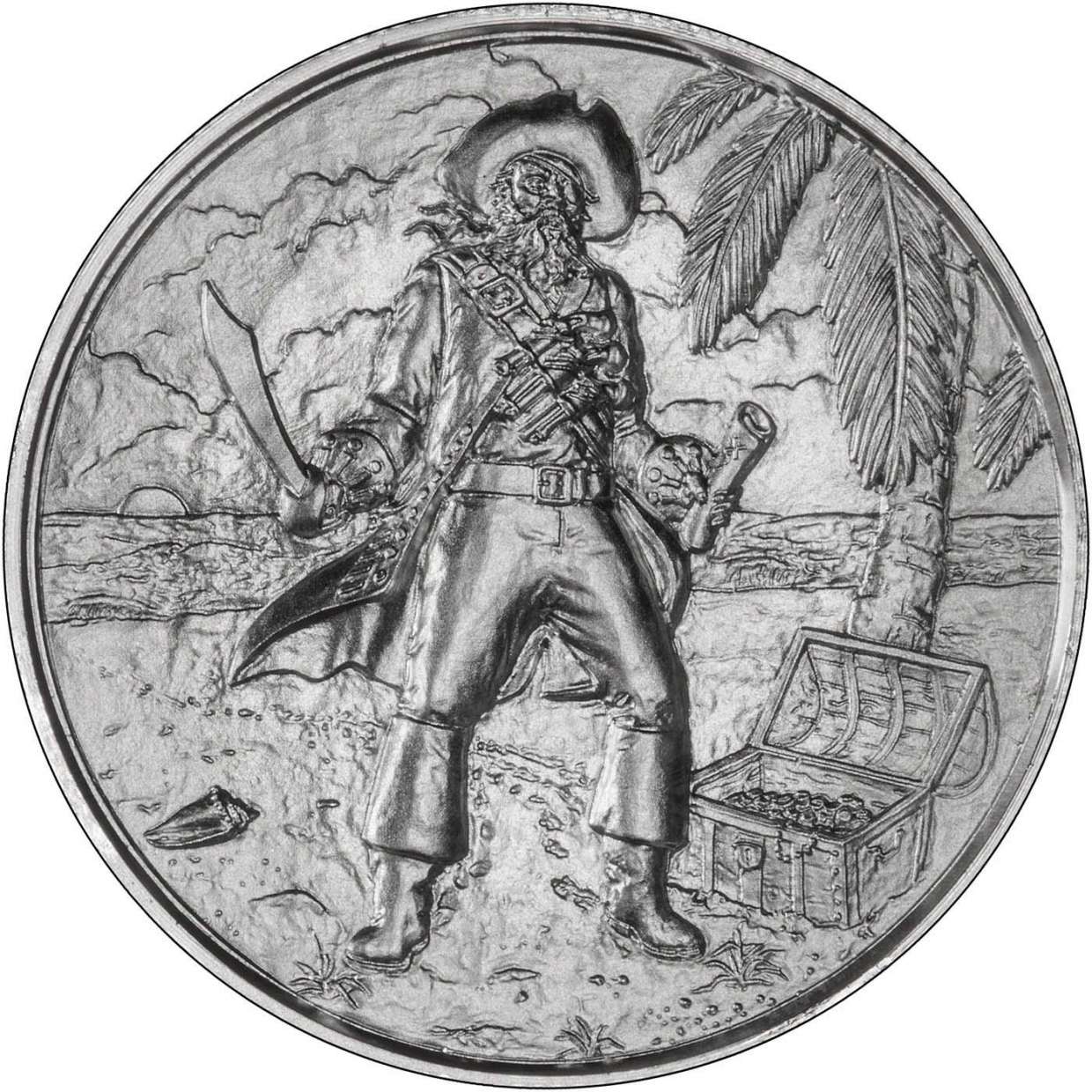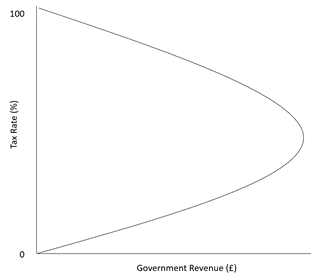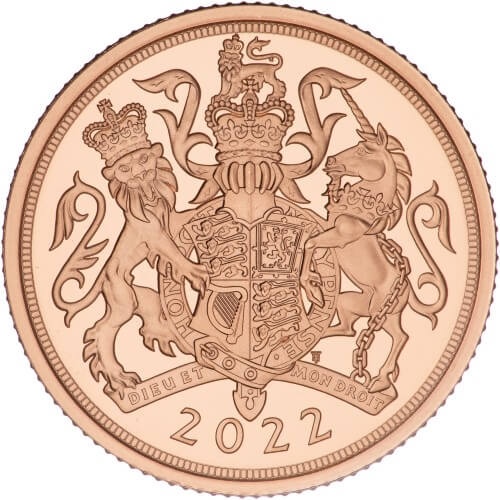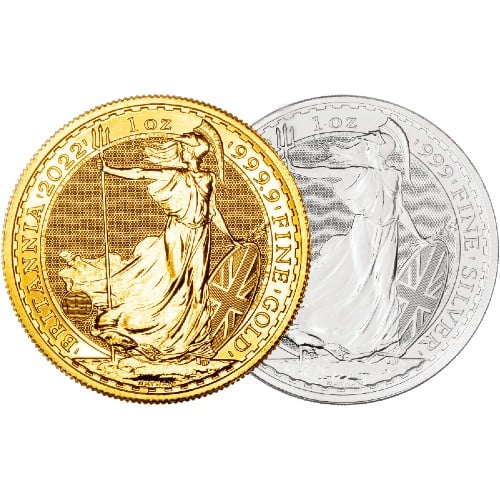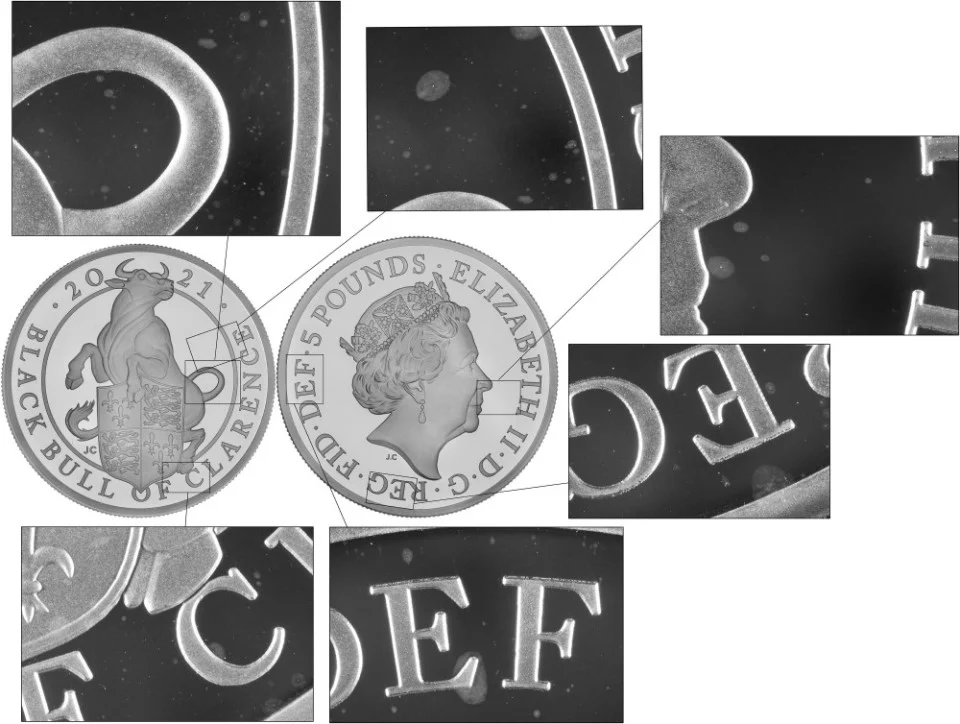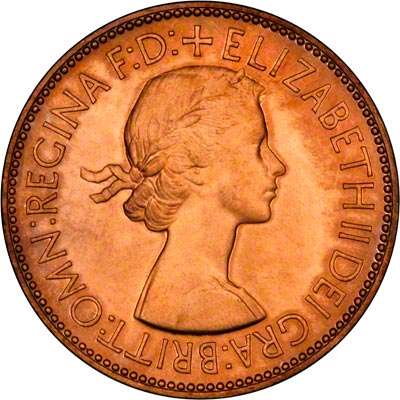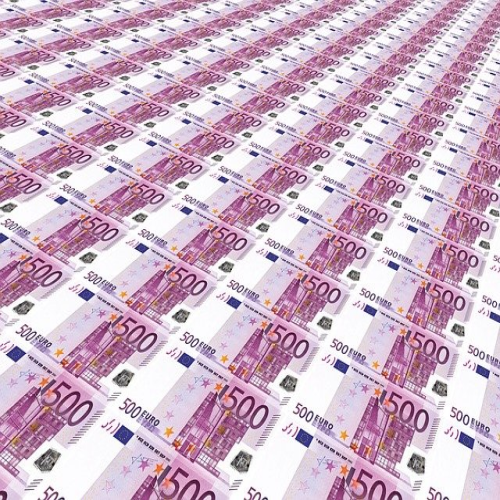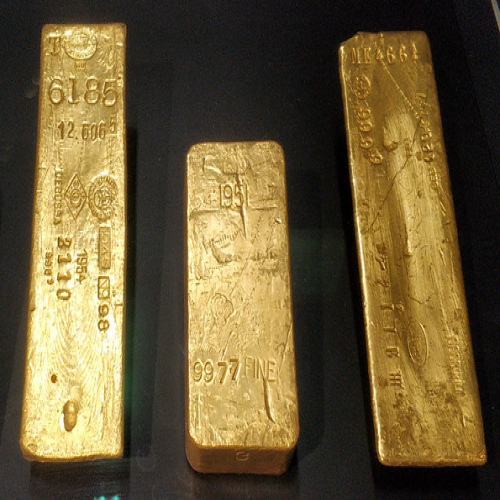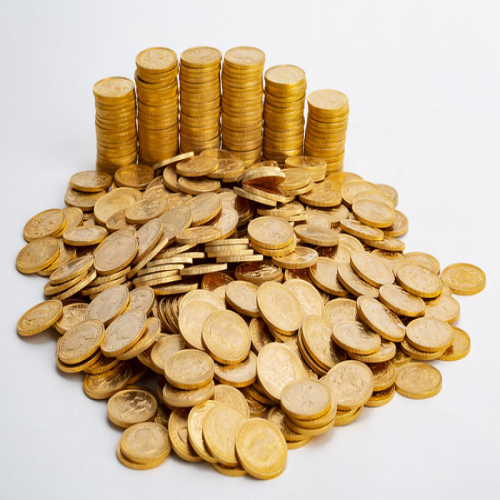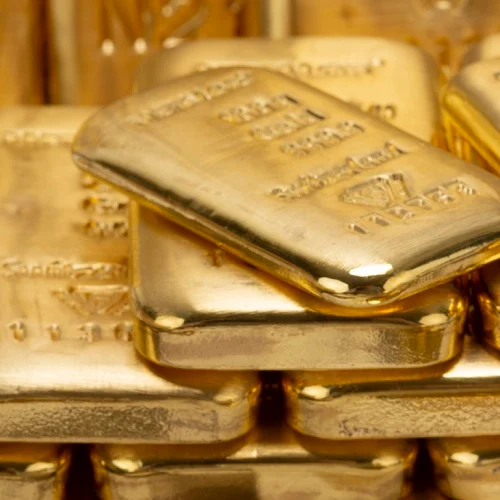The Industry for Silver
Synopsis
Although not as popular, or as rare as gold, silver still has more industrial uses unrelated to its aesthetics.

Properties of Silver
Physical Properties
Like gold, silver has a number of physical properties that make it desirable in a number of industries.
- Ductility / Malleability - The ability to be hammered in to thin sheets or drawn into thin wires. Silver is among the most ductile of metals, beaten only by gold.
- Conductivity – Silver is an extremely effective conductor of electric and thermal energy. This makes silver perfect in circuit boards and electrical conductors.
- Catalytic - silver has the unique ability of being able to convert ethylene to ethylene oxide which is considered a precursor to a number of organic compounds.
- Anti-bacterial – Silver has strong anti-bacterial properties which means its use in the medical industry is highly regarded.
- Density – The density of silver is 10.5 grams per cubic centimetre. Like gold, it is soft in its purest form and therefore is often alloyed with base metals such as copper or zinc. (Click here to see our article on the density of metals.)
When not being mined from silver mines, it can be extracted as a byproduct from lead and zinc mines by smelting and refining.
Silver Standards
- Fine Silver – With a purity of .999 or 99.9%, this is the closest to the purest form. Because of this, it will have less of a polish in comparison to sterling silver, and will be softer because of the lack of a harder alloy.
- Britannia Silver - .958 or 95.833% by weight. This was introduced by Parliament in 1697 to replace sterling silver. As Britannia is softer than sterling, a number of complaints led to the reintroduction of sterling in 1720.
- Sterling Silver – An alloy of .925 or 92.5% silver, it is usually alloyed with copper but sometimes with nickel. The addition of other metals allows for a brighter and shinier colour which is more synonymous with jewellery.
- Coin Silver - .900 or 90% silver. The term "coin silver" comes from the fact that most of it was made from melting silver coins. This standard is different to a coin silver standard which in the US is 90% silver to 10% copper.
- 500 - .500 or 50% silver was the standard silver for British coinage between 1921 and 1947
Industrial Uses
Electronics
Nearly half of the global demand for silver comes from electrical industries, due to its ability to conduct heat and electricity. Silver can be found as contacts in nearly all electrical switches such as light switches, or membrane switches in conventional microwaves. Consumer appliances and industrial switches all use silver contacts and its conductivity makes it hard to replace with less expensive metals.
The highest purity of silver is required for electronics which is usually 99.99% pure. This can be dissolved in nitric acid producing silver nitrate which can be turned into a powder or silver flakes or a paste to make electronic contacts.
More recently, nano silver, which has a particle size of approximately 1/100 billionths of a meter, is used in Radio Frequency Identification (RFID) and in the production of supercapacitors.
Energy
The growing solar energy sector has seen demand increasing as silver paste is used in the production of solar panels. Electrical contacts and collectors which help generate electricity are also made of silver.
The nuclear sector also uses silver in control rods which can slow the rate of fission in reactors.
Photography
Perhaps now a declining industry since the rise of digital media, but traditional photography still uses light-sensitive silver halide crystals in the development of photographs.
Medical
As mentioned, silver has antibacterial properties which is essential in many parts of the medical sector. It is believed to have been used for over 6000 years as a way to prevent microbial infections. Long before the creation of antibiotics, silver was ingested in colloidal form to fight illnesses while wounds were wrapped in silver foil as a way of healing.
Nowadays, silver has seen demand increase due to the rise of superbugs like MRSA, which are resistant to conventional antibiotics. Silver is obviously used in surgical equipment, but also in ointments, such as silver sulfadiazine which, is used in the treatment of burns to prevent infection.
Jewellery
A 2019 report showed that just over 201 million ounces was in demand for jewellery compared to nearly 511 million ounces for industrial usage. The standard for silver jewellery is usually sterling silver (0.925 fineness). It’s malleability and ductility allow for silver to be shaped into chains, rings bracelets, etc.
Recycling
As long as there is demand for silver, there will likely be a market that supplies it. Mining companies will have the facility to refine and extract new silver, but there is currently an increase in recycling gold from electronic scrap and jewellery. Scrap silver in the form of coins or jewellery can be sold to a dealer (like us!), whereas electronic scrap or silver found in photographic equipment would be reclaimed using electrolysis.
Further Reading
You maybe interested in our Industry for Gold blog.
If you are thinking of making a purchase, you might like to read our gold and silver guides.
Related Blog Articles
This guide and its content is copyright of Chard (1964) Ltd - © Chard (1964) Ltd 2024. All rights reserved. Any redistribution or reproduction of part or all of the contents in any form is prohibited.
We are not financial advisers and we would always recommend that you consult with one prior to making any investment decision.
You can read more about copyright or our advice disclaimer on these links.


